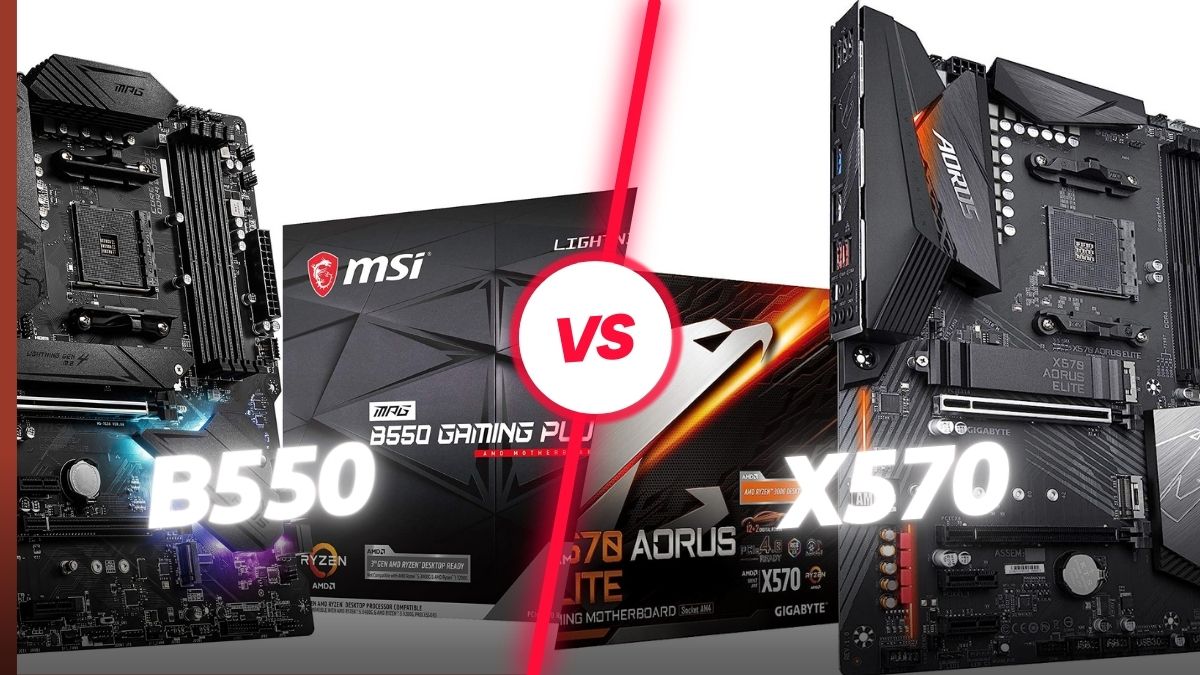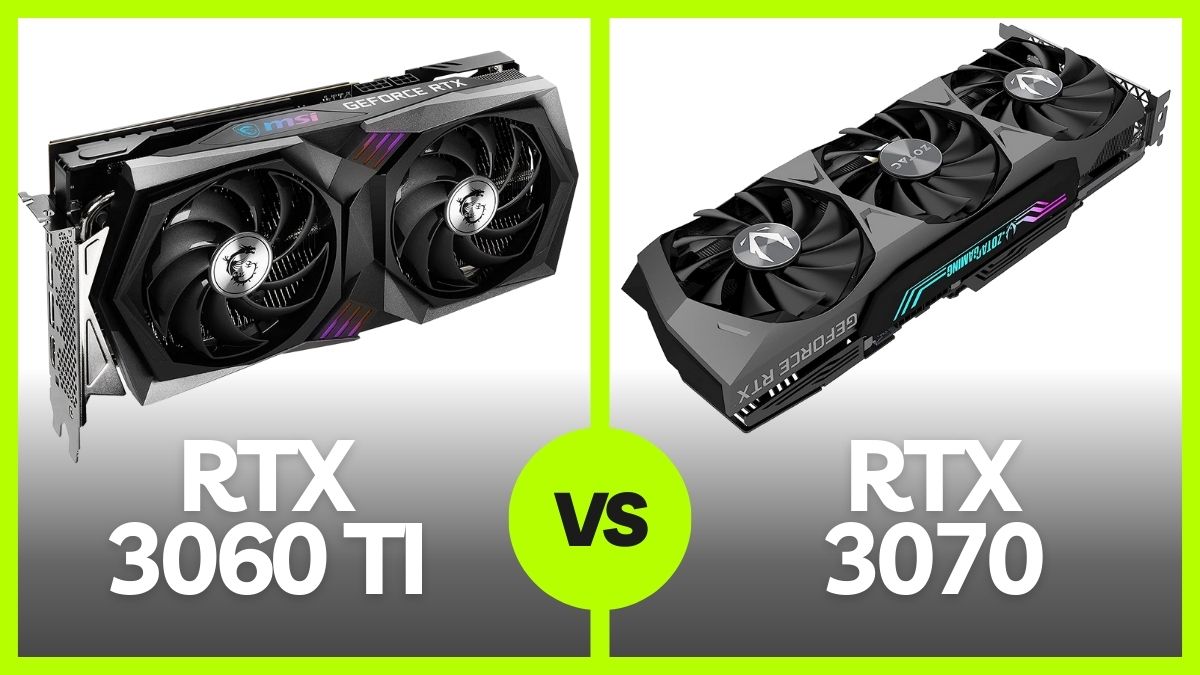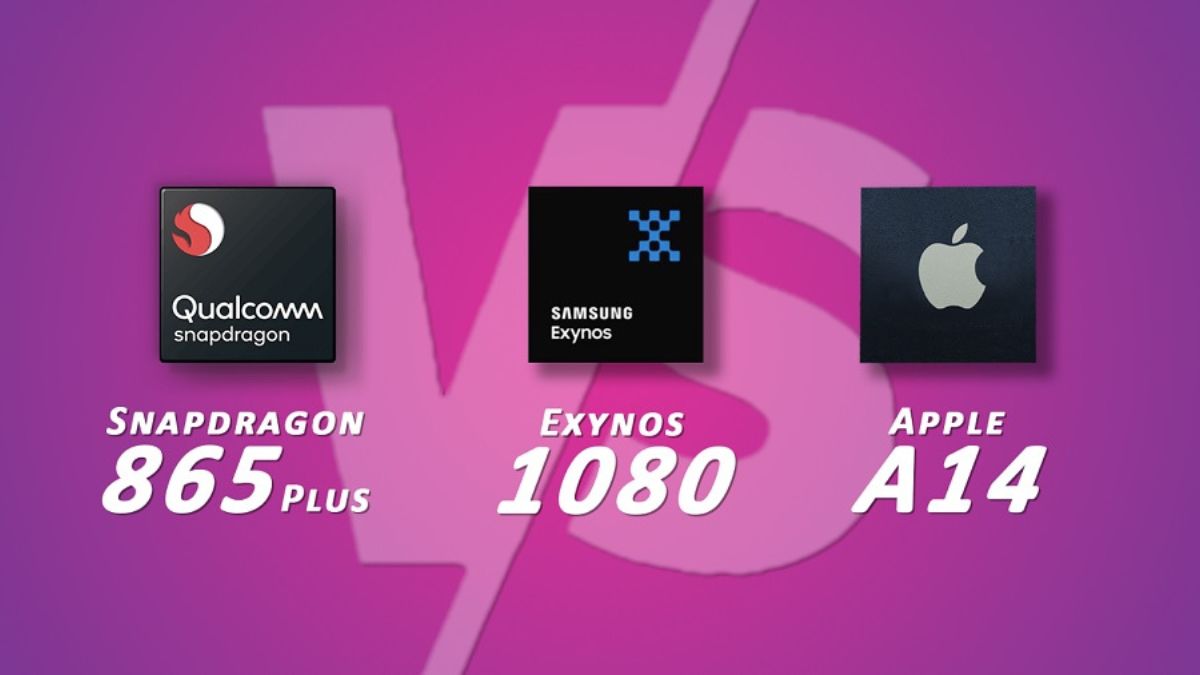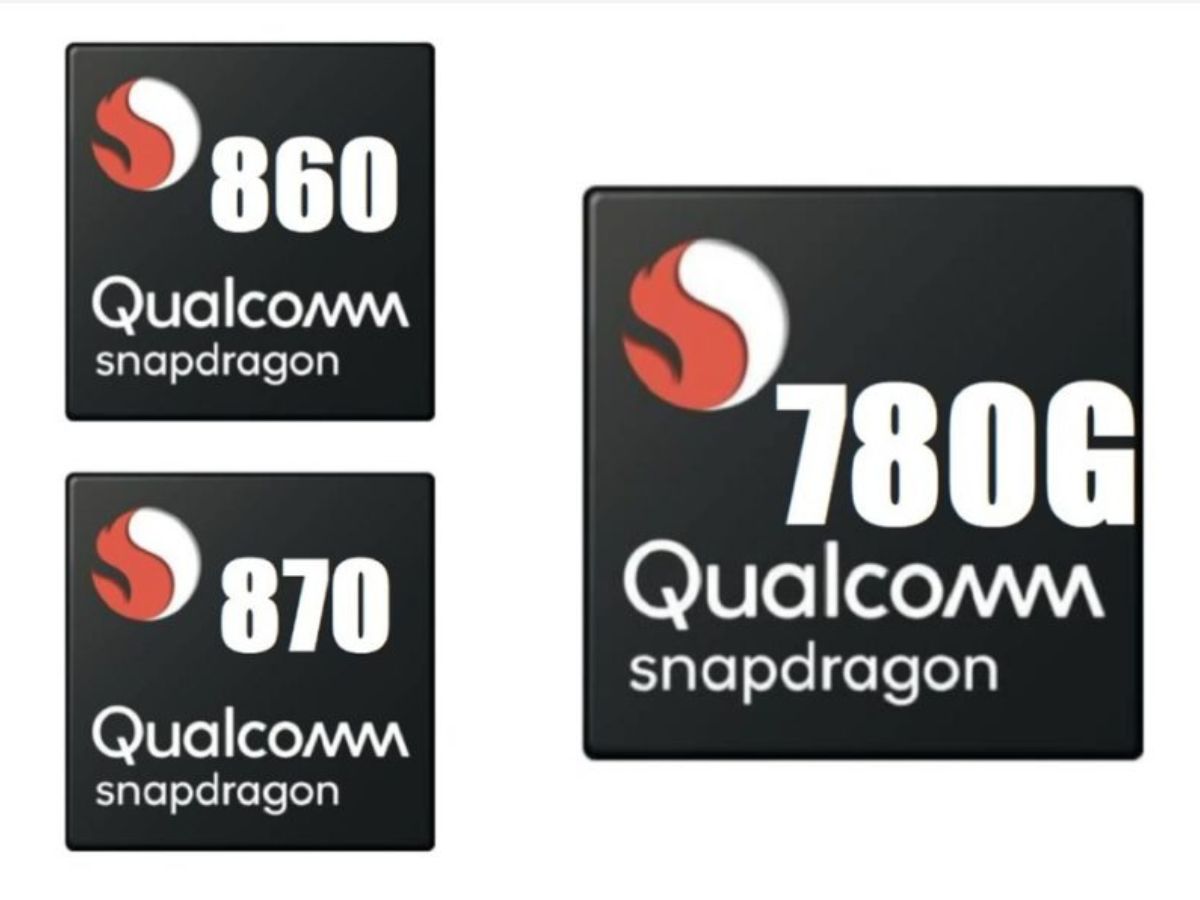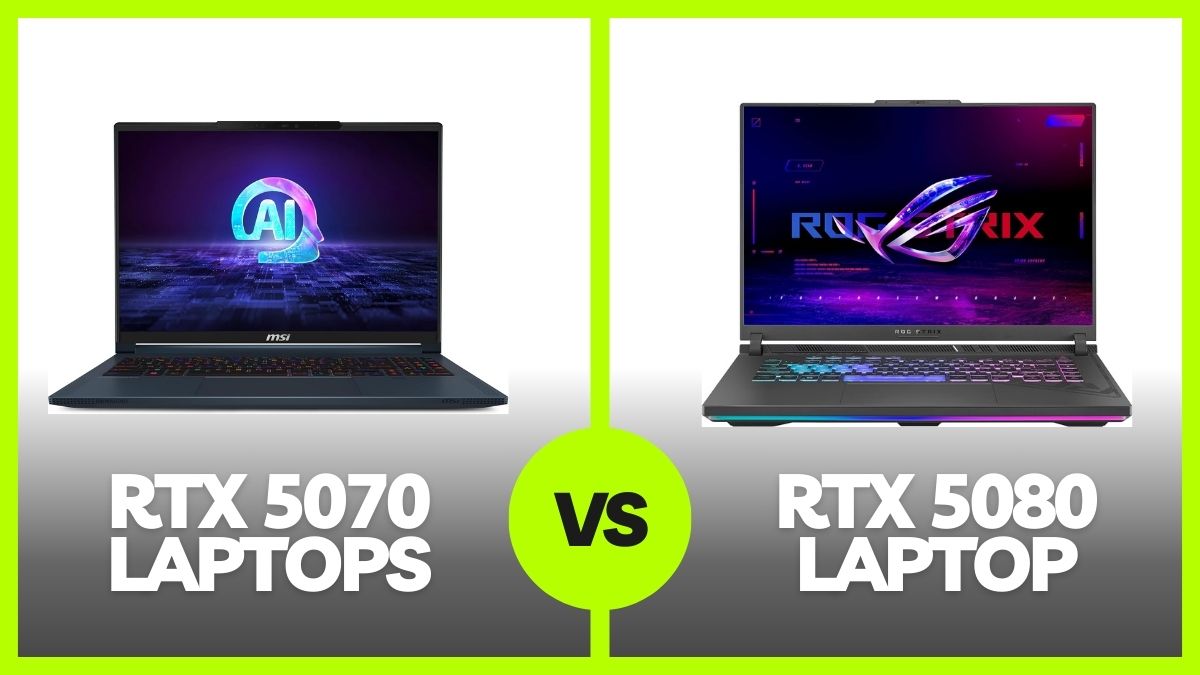
NVIDIA’s RTX 5070 Laptop and RTX 5080 Laptop are the latest additions to the Blackwell GPU lineup, designed to power next-generation gaming laptops. With significant advancements in AI processing, ray tracing, and overall performance, these GPUs cater to different segments of the market, balancing efficiency and raw power.
The RTX 5080 is positioned as a high-end GPU, offering top-tier performance for gamers, content creators, and professionals who demand the best graphical capabilities. On the other hand, the RTX 5070 is a more balanced option, focusing on power efficiency while still providing excellent gaming performance. In this comparison, we will analyze how these two GPUs stack up against each other in various aspects, from gaming benchmarks to power efficiency.
RTX 5070 Laptops vs RTX 5080 Laptop Comparison
Here is a detailed the specsheet of RTX 5070 Laptop vs RTX 5080 Laptop:
| RTX 5070 Laptop | RTX 5080 Laptop | |
|---|---|---|
| CUDA Cores | 4608 | 7680 |
| Architecture | Blackwell | Blackwell |
| AI TOPS | 798 | 1334 |
| Memory | 8GB GDDR7 | 16GB GDDR7 |
| Memory Interface | 128-bit | 256-bit |
| GPU Power | 50-100W | 80-150W |
| Ray Tracing | 5th Gen | 4th GEN |
| Tensor Cores | 5th Gen | 5th Gen |
| DLSS | DLSS 4 | DLSS 4 |
| Reflex | Reflex 2 | Reflex 2 |
| PCI Expres | Gen 5 | Gen 5 |
| Fabrication | 4nm | 4nm |
| Launch Date | January 30, 2025 | January 30, 2025 |
Performance
The performance difference between the RTX 5070 Laptop and the RTX 5080 Laptop is significant, making them suited for different gaming and productivity needs. Both GPUs leverage NVIDIA’s Blackwell architecture, offering improved AI acceleration, enhanced ray tracing, and better power efficiency. However, the RTX 5080 is the clear leader in raw performance.
In gaming, the RTX 5080 delivers higher frame rates at 1440p and 4K resolutions, making it ideal for AAA titles with ray tracing enabled. Thanks to its increased processing power and memory bandwidth, it maintains smooth gameplay even in demanding scenarios. It excels in running games at ultra settings with DLSS 4 and frame generation, ensuring a more fluid experience in fast-paced shooters and open-world environments.
The RTX 5070, while not as powerful, still offers excellent performance for 1080p and 1440p gaming. It can handle most modern games at high settings while benefiting from DLSS 4 to improve frame rates. However, due to its lower memory capacity and narrower memory interface, it may struggle in certain VRAM-intensive games at 4K, especially when ray tracing is enabled.
For content creators, the RTX 5080 again holds a significant advantage, particularly in 3D rendering, video editing, and AI-based applications. Tasks such as Blender rendering, Adobe Premiere Pro video exports, and AI-driven workflows see noticeable speed improvements thanks to its higher CUDA core count and better memory bandwidth.
Memory
Memory plays a crucial role in determining the overall performance of a GPU, especially in gaming, content creation, and AI-driven tasks. The RTX 5070 Laptop and RTX 5080 Laptop both utilize the latest GDDR7 memory, but there are significant differences in their capacity, bandwidth, and memory interface, which impact real-world performance.
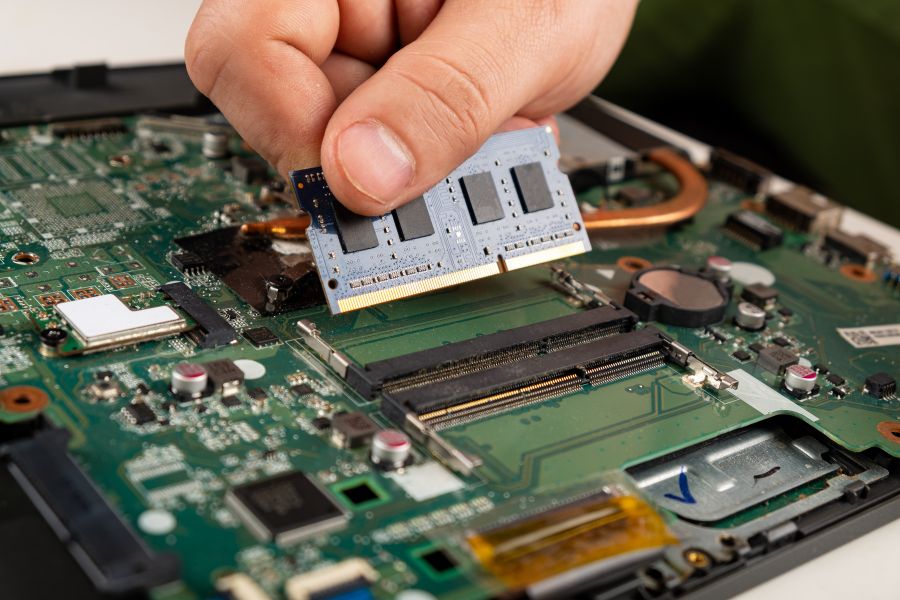
The RTX 5080 Laptop features 16GB of GDDR7 memory on a 256-bit memory bus, allowing for higher bandwidth and faster data transfer speeds. This wider memory interface ensures that the GPU can handle demanding workloads, such as 4K gaming, real-time ray tracing, and high-resolution textures, without bottlenecks. For content creators, the larger memory buffer is beneficial for 3D rendering, video editing, and AI tasks, where large datasets need to be processed efficiently.
On the other hand, the RTX 5070 Laptop is equipped with 8GB of GDDR7 memory on a 128-bit memory interface. While it still benefits from the advancements of GDDR7, the reduced memory capacity and narrower bus limit its ability to handle VRAM-intensive tasks. In gaming, this means that some titles with high-resolution textures or heavy ray tracing effects may require lower settings to maintain smooth performance, especially at 1440p and 4K resolutions.
For 1080p gaming, the RTX 5070’s 8GB VRAM is generally sufficient, but as games continue to demand more VRAM, it may struggle with future titles. Additionally, in content creation workloads, video editing and 3D modeling software may encounter performance drops when working with large projects.
Overall, the RTX 5080’s 16GB GDDR7 and wider 256-bit bus make it the better choice for high-performance gaming and professional workloads, while the RTX 5070’s 8GB VRAM is best suited for mid-range gaming laptops with a focus on power efficiency.
Power Efficiency
Power efficiency is a critical factor when comparing the RTX 5070 Laptop and RTX 5080 Laptop, as it directly impacts battery life, thermals, and overall laptop design. While both GPUs are built on NVIDIA’s advanced 4nm Blackwell architecture, their power consumption varies significantly due to differences in performance and hardware specifications.

The RTX 5070 Laptop is designed with a 50-100W power range, making it a more power-efficient option for gaming laptops. This lower power consumption allows for better thermal management, quieter cooling solutions, and longer battery life when running on integrated graphics. It is ideal for thin and light gaming laptops, where maintaining a balance between performance and efficiency is crucial. Laptops equipped with the RTX 5070 tend to run cooler and can sustain longer gaming sessions on battery, although heavy workloads will still drain power quickly.
In contrast, the RTX 5080 Laptop operates within a higher 80-150W power range, offering significantly more performance but at the cost of increased power draw. While this allows for higher frame rates, better ray tracing performance, and improved AI processing, it also means that laptops featuring this GPU require more advanced cooling solutions and often have shorter battery life under load. Gaming laptops with the RTX 5080 are generally bulkier due to larger cooling systems, ensuring sustained performance during intensive gaming or rendering tasks.
Ultimately, the choice between these GPUs depends on user priorities. The RTX 5070 is better suited for energy-efficient laptops, providing great performance with lower power consumption, while the RTX 5080 prioritizes raw power at the expense of higher energy usage and heat output. Gamers and professionals who need maximum performance should opt for the RTX 5080, while those valuing portability and battery life may prefer the RTX 5070.
Connectivity
Connectivity plays a vital role in determining how well a GPU integrates with the rest of a laptop’s hardware, affecting performance, efficiency, and future-proofing. Both the RTX 5070 Laptop and RTX 5080 Laptop feature PCIe Gen 5 support, which offers faster data transfer speeds and lower latency compared to previous generations. This ensures improved communication between the GPU and CPU, leading to better performance in gaming, content creation, and AI-driven workloads.
One key difference between the two GPUs is how they handle memory bandwidth and external connectivity options. The RTX 5080 Laptop, with its higher CUDA core count and wider memory bus, benefits more from the increased bandwidth of PCIe Gen 5, reducing bottlenecks when transferring large amounts of data. This is particularly beneficial for high-resolution gaming, video editing, and 3D rendering, where fast data access is crucial.
Both GPUs support NVIDIA Reflex 2, a technology designed to reduce system latency, ensuring smoother gameplay and faster response times in competitive gaming. Additionally, DLSS 4 enhances frame rates by leveraging AI-powered upscaling and frame generation, further optimizing connectivity between GPU processing and display output.
For external display connectivity, laptops featuring these GPUs will likely support HDMI 2.1 and USB-C with DisplayPort 2.0, enabling high refresh rate 4K and even 8K gaming on external monitors. Both GPUs also integrate with NVIDIA’s Advanced Optimus, allowing seamless switching between integrated and dedicated graphics for improved battery efficiency when not gaming.
Overall, while both GPUs offer cutting-edge connectivity, the RTX 5080 benefits more from PCIe Gen 5’s higher bandwidth, making it the superior choice for demanding workloads. Meanwhile, the RTX 5070 remains an efficient option, ensuring fast connectivity without excessive power draw.
Which GPU Should I Consider for a Gaming Laptop? RTX 5080 or 5070?
Choosing between the RTX 5080 Laptop and RTX 5070 Laptop depends on your gaming needs, budget, and laptop preferences. Both GPUs are built on NVIDIA’s Blackwell architecture, offering cutting-edge features like DLSS 4, Reflex 2, and PCIe Gen 5, but they cater to different users.
Choose the RTX 5080 Laptop If:
- You want maximum performance for gaming at 1440p or 4K resolutions.
- You play demanding AAA titles with ray tracing enabled and need higher frame rates.
- You’re a content creator working with 3D rendering, video editing, or AI-based applications.
- You prefer a future-proof GPU with 16GB GDDR7 memory and a 256-bit memory bus.
- Battery life and power consumption aren’t your top priorities, as the RTX 5080 has a higher 80-150W power draw.
Choose the RTX 5070 Laptop If:
- You want great performance at 1080p and 1440p while being more power-efficient.
- You prefer a thin and light gaming laptop with better battery life and cooler thermals.
- You’re on a budget, as RTX 5070-powered laptops will be more affordable.
- You don’t need ultra-high VRAM, as its 8GB GDDR7 with a 128-bit memory bus is sufficient for most games.
Overall, if you want top-tier performance and don’t mind a higher price and power draw, go for the RTX 5080 Laptop. However, if you prefer a balanced, efficient gaming experience with solid 1440p performance, the RTX 5070 Laptop is a great choice.



